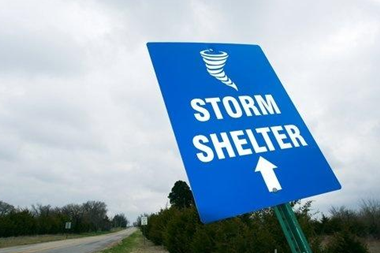Insurers faced a challenging year in 2011, the results of which will soon be laid bare in the full-year financial results. Here’s what you should watch out for

Last year was tough for UK insurers large and small. Stubbornly low rates in many lines, depressed investment returns, motor bodily injury claims inflation and global catastrophes, to name a few challenges, have all conspired against companies’ efforts to achieve profitable growth and served to keep chief executives awake at night.
How well insurers coped with this assortment of challenges will be laid bare in the coming weeks in the full-year results, which promise to be an interesting read. Here is the Insurance Times guide of the key themes to watch for.
1. The investment squeeze
While there have been sharp price increases in UK personal lines motor, prices rises in personal household have been far slower, and in commercial lines practically non-existent. This has kept underwriting profit margins, where they still exist, very thin.
This is only part of the story. While insurance companies live or die by their underwriting ability, a large portion of the risk they take and the profit they earn comes from investing the premiums they collect. The trouble is, investment returns have also been severely depressed by low interest rates, and companies have had to muddle through with investment returns that are a fraction of what was achievable in better times.
A key feature to watch for will be insurers’ ability to manage this squeeze, either through pricing increases where possible, cost cutting, or a combination of the two.
2. Reserve releases/additions
Reserves are a perennial item on any seasoned result-spotter’s list, but bear repeating here in light of industry executives’ continuing assertions that reserve releases are drying up, and can no longer be relied upon to prop up underwriting results. If they are proved right, this will add further pressure to the investment squeeze described above, and may result in a push for rate rises.
However, executives have been predicting a drop in reserve releases for several years and, with the exception of Admiral, which expected no reserve releases at all in the second half of 2011, this has not happened.
3. Motor madness
Rising bodily injury claims is not news. However, the varying effects this persistent trend can produce in insurers’ results has been the source of several shocks. Few will forget the profit warning issued last year by Admiral, a motor insurer previously thought to have mastered the inflation trends that had so taxed many of its peers.
Naturally, observers will be keeping a close eye on any improvement or deterioration in Admiral’s loss experience, but also that of any significant UK motor player as, where this line is concerned, they have learned to expect the unexpected.
4. Eurozone exposure updates
There has been a great deal of concern about insurers’ direct and indirect exposure to the economic woes in the eurozone. Many companies responded during last year with breakdowns of their direct sovereign debt exposure by country, with a particular focus on the peripheral eurozone states of Greece, Italy, Ireland, Portugal and Spain.
Companies’ exposures are unlikely to have changed much since third-quarter results were published, but observers can expect such disclosure to at least continue in the same vein to put investors’ minds at rest.
5. Winter woes
Unlike the past two years, winter weather claims in the UK have not been a big feature of the year-end, although the northern European windstorms will have produced some UK losses. Companies writing international business, however, such as the Lloyd’s companies and RSA, have been hit by the heavy volume of global catastrophe claims, particularly emanating from the Asia-Pacific region. This could make insurers’ UK business appear a comparatively bright spot.
On the other hand, it could add fresh fuel to the debate about whether the winter freeze is a trend or a blip, and could undermine insurers’ arguments that more rate increases are needed in UK homeowner business.
6. Capital concerns
With all the challenges and changes facing insurers, investors and analysts will be keeping a watchful eye out for updates on insurers’ capital positions, both the amount of capital they are able – and aim – to generate through their normal course of business, and their levels of economic capital.
Those companies that do not provide detailed information of their capital positions may well face calls for more information.
Hosted by comedian and actor Tom Allen, 34 Gold, 23 Silver and 22 Bronze awards were handed out across an amazing 34 categories recognising brilliance and innovation right across the breadth of UK general insurance.












































No comments yet